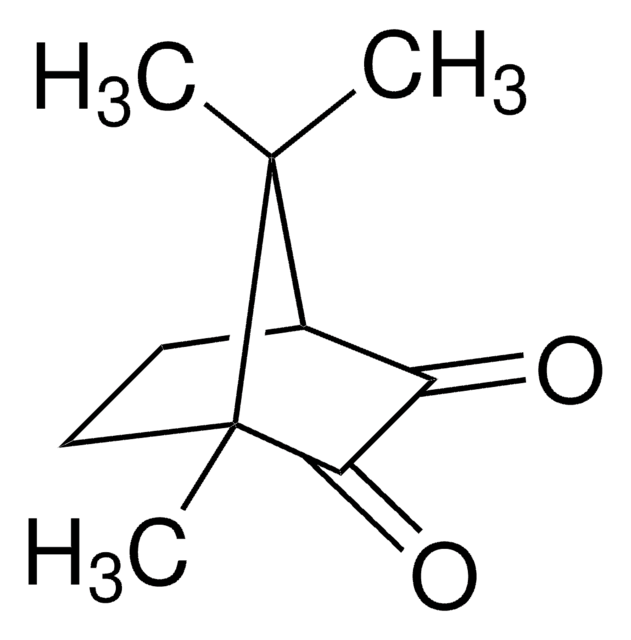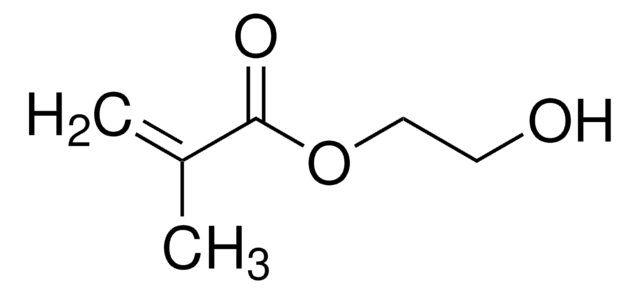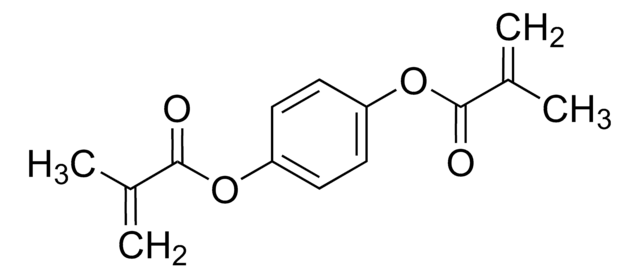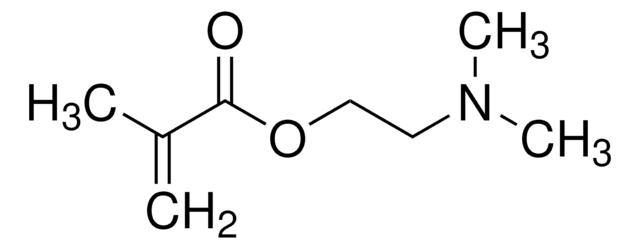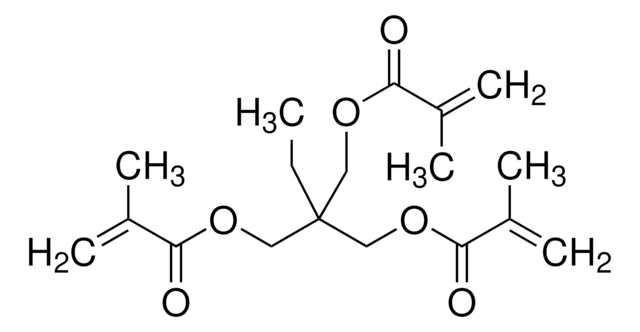Kluczowe dokumenty
494356
Bisphenol A glycerolate dimethacrylate
glycerol/phenol 1
Synonim(y):
2,2′-Bis[4-(3-methacryloxy-2-hydroxypropoxy)phenyl]propane, 2,2′-Bis[4-(3-methacryloyloxy-2-hydroxypropoxy)phenyl]propane, 2,2-Bis[p -(3-methacryloxy-2-hydroxypropoxy)phenyl]propane, 2,2-Bis[p -[2-hydroxy-3-(methacryloxy)propoxy]phenyl]propane, Bisphenol A bis(2-hydroxy-3-methacryloxypropyl) ether
About This Item
Polecane produkty
skład
glycerol/phenol, 1
współczynnik refrakcji
n20/D 1.552 (lit.)
gęstość
1.161 g/mL at 25 °C (lit.)
temp. przechowywania
2-8°C
ciąg SMILES
CC(=C)C(=O)OCC(O)COc1ccc(cc1)C(C)(C)c2ccc(OCC(O)COC(=O)C(C)=C)cc2
InChI
1S/C29H36O8/c1-19(2)27(32)36-17-23(30)15-34-25-11-7-21(8-12-25)29(5,6)22-9-13-26(14-10-22)35-16-24(31)18-37-28(33)20(3)4/h7-14,23-24,30-31H,1,3,15-18H2,2,4-6H3
Klucz InChI
AMFGWXWBFGVCKG-UHFFFAOYSA-N
Opis ogólny
- Phenyl ring provides chemical resistance
- Ether linkage allows flexibility
- Hydroxyl group gives good adhesion
- Methacrylate is the reactive site for crosslinking
Zastosowanie
- As a crosslinking monomer in the preparation of zwitter ionic monolithic columns for liquid chromatography.
- In the preparation of an antibacterial dental adhesive.
Hasło ostrzegawcze
Danger
Zwroty wskazujące rodzaj zagrożenia
Zwroty wskazujące środki ostrożności
Klasyfikacja zagrożeń
Aquatic Chronic 3 - Eye Dam. 1 - Skin Sens. 1
Kod klasy składowania
10 - Combustible liquids
Klasa zagrożenia wodnego (WGK)
WGK 2
Temperatura zapłonu (°F)
230.0 °F
Temperatura zapłonu (°C)
110 °C
Wybierz jedną z najnowszych wersji:
Masz już ten produkt?
Dokumenty związane z niedawno zakupionymi produktami zostały zamieszczone w Bibliotece dokumentów.
Klienci oglądali również te produkty
Produkty
The Progress in Development of Dental Restorative Materials
Nasz zespół naukowców ma doświadczenie we wszystkich obszarach badań, w tym w naukach przyrodniczych, materiałoznawstwie, syntezie chemicznej, chromatografii, analityce i wielu innych dziedzinach.
Skontaktuj się z zespołem ds. pomocy technicznej


